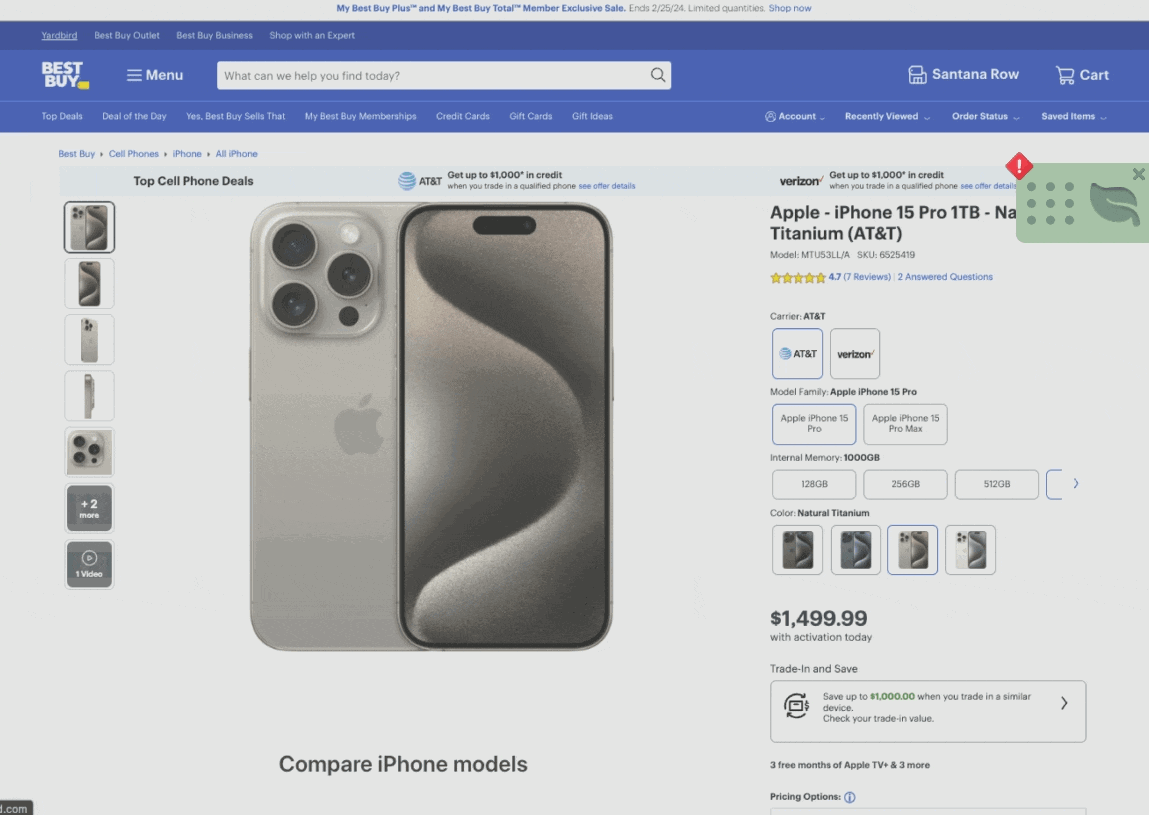Unearth
.png)
.png)

Empower users to practice mindful consumption of tech devices through education.
2 product designers:
・Kendra Wu
・Alyssa Castañeda
2 UX researchers:
・Carolina Araujo
・Hebah Haque
Research Planning, Principal Interviewer & Moderator, Interaction Design, Wireframing, Visual Design

Instead, electronic waste ("e-waste") is filling landfills and ocean worldwide.
The consequences of this create increasing concerns for the following areas that affect everyone regardless of geographical location or socioeconomic class to a serious degree, with underrepresented groups suffering the most.

We were interesting in the conglomeration of the Right to Repair, vape waste discussion, and "disposable tech" (i.e., Capitalism enabling companies to constantly push consumers to buy the 'next big thing').


Instead, electronic waste ("e-waste") is filling landfills in ocean primarily the Global South and oceans worldwide.
The consequences of this create increasing concerns for the following areas that affect everyone regardless of geographical location or socioeconomic class to a serious degree, with underrepresented groups suffering the most.

We were interesting in the conglomeration of the Right to Repair, vape waste discussion, and "disposable tech" (i.e., Capitalism enabling companies to constantly push consumers to buy the 'next big thing').
Digital device consumers who lack knowledge about sustainable end-of-life options often experience confusion or apathy when discarding their electronics, leading to improper disposal decisions that contribute to environmental degradation and public health risks.
Rather than dumping their electronics straight into the trash or stuffing their devices into a pile to forget about eventually ending up in landfill, my group and I aimed to help educate users on alternatives that are more sustainable for the planet and its inhabitants.
Educates
→ Reminds users several ways to practice mindfulness while browsing new tech devices

MOTIVATES
→ Enables users to earn points for environmental-friendly awards through uploading receipts after donating / trading in old devices

Accessible
→ Provides a sense of ease & accessibility to users by providing nearby disposal center information

My team interviewing a participant
Participant Breakdown




We wanted to start with a large project scope to gain an understanding of possible challenges involved in e-waste through conducting semi-structured interviews with e-waste experts before we narrowed down our project scope.
Main Findings



Objectives for 30-60 Minute Semi-Structure Interviews
Participant Breakdown








Conducting a competitive analysis allowed us to understand what available technology solutions already exist to enable successful e-waste disposal. We also learned what areas these tools could be improved upon for our target user population.























